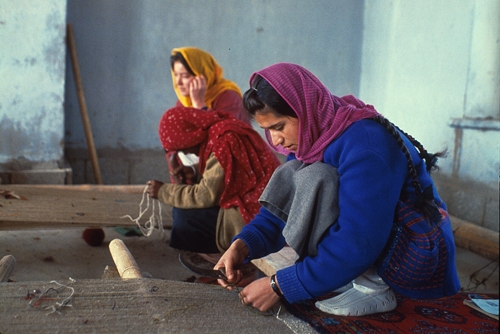
30 Nov Rural Livelihoods Monitoring
“A majority of poor households access most of their grain from the markets or other means, and non-farm labour, rather than agriculture, is their most important source of income.â€
AREU’s Rural Livelihoods Monitoring Project involved 18 months of field research to paint a detailed picture of the human, social, financial and natural factors that underpin the lives of rural workers in Afghanistan. Starting in 2002, the project surveyed 390 households in 21 villages across seven provinces in collaboration with seven partner organisations. This body of evidence has also provided the baseline for AREU’s ongoing study on Afghan livelihood trajectories.
The study poses a major challenge to the largely untested assumption that the majority of Afghans are dependent on agriculture as their main source of income. It found non-farm labour to be a vital source of income among both rich and poor households, and that such diversity of livelihoods is the norm rather than the exception. These and other findings have helped fill a critical gap in empirical understanding on Afghan rural life, and provide an important basis for the design and monitoring of future development programmes.

